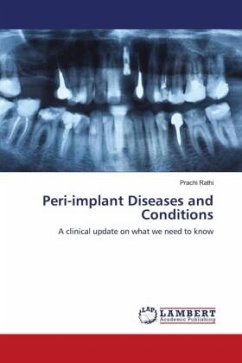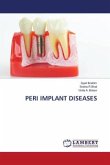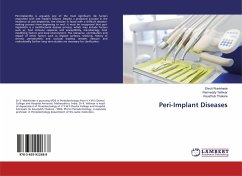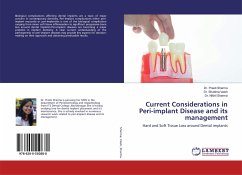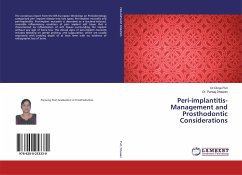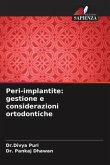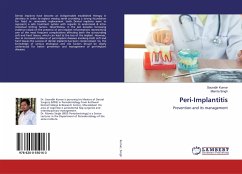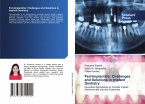Peri-implant disease is a serious problem that plagues today's dentistry, both in terms of therapy and epidemiology. With the expansion of the practice of implantology and an increasing number of implants placed annually, the frequency of peri-implant disease has greatly expanded. Its clinical manifestations, in the absence of a globally established classification, are peri-implant mucositis and peri-implantitis, the counterparts of gingivitis and periodontitis, respectively.However, many doubts remain about its features. Official diagnostic criteria, globally recognized by the dental community, have not yet been introduced. The latest studies using metagenomic methods are casting doubt on the assumption of microbial equivalence between periodontal and peri-implant crevices. Research on most of the features of peri-implant disease remains at an early stage; moreover, there is not a commonly accepted treatment for it. In any case, although the evidence so far collected is limited,we need to be aware of the current state of the science regarding this topic to better understand and ultimately prevent this disease.
Bitte wählen Sie Ihr Anliegen aus.
Rechnungen
Retourenschein anfordern
Bestellstatus
Storno

